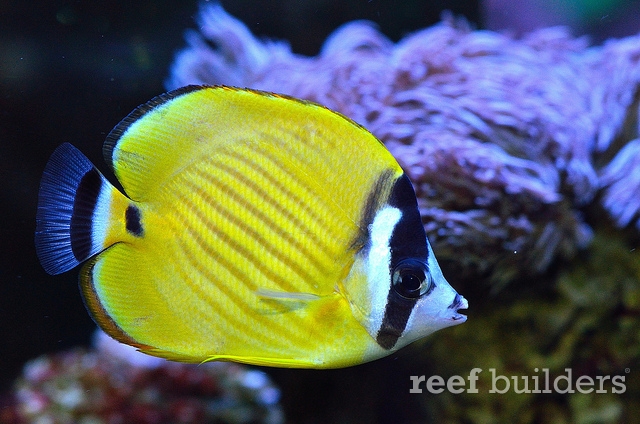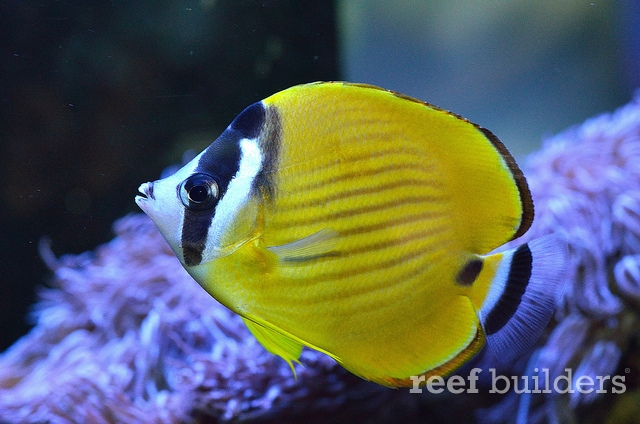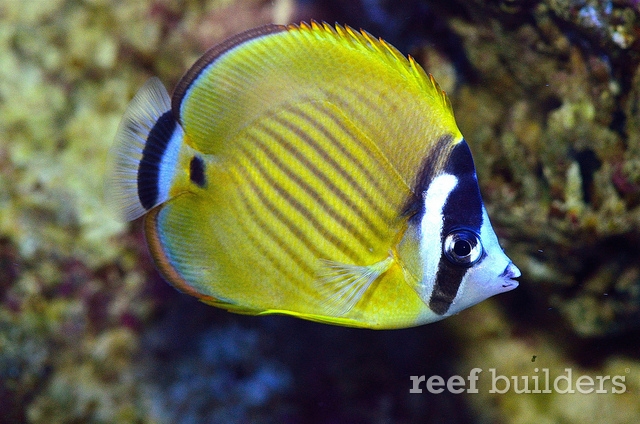Butterflyfish are ubiquitous in the hobby, but there are some species that hardly see the light of collection. These are either because they are really deep living species such as those in the genus Roa and Prognathodes, or are far out of collecting range such as Chaetodon smithi. Then there are those that are never collected because well, no body wants them. Beauty is in the eye of the beholder, and one man’s trash is another’s treasure. Unfortunately for some species that are locally abundant, people just well, don’t fancy them.

Chaetodon wiebeli is one such fish. C. wiebeli is rather similar to C. auripes, and like some butterflyfishes, can be quite promiscuous in forming hybrids. In the wild they have been known to hybridise with C. lunula. While the fish is highly sought after in the western world, it is hardly ever collected in its range. Spanning the South China Sea, it is found in large numbers in the shallow waters of Taiwan and Hong Kong. It can also be found Japan as well as in the gulf of Thailand, where this individual was collected.

In babies of C. wiebeli, the caudal peduncle has a black band. The fish loses this band with age, and large adults of C. wiebeli lacks the black coloration on their tail base. The large juvenile you see here with a black spot is the remnants of that band, and as it grows it will lose it completely.
In their natural range, C. wiebeli is not collected as ornamental fish. This same predicament can also be seen in the equally common and rather similar C. auripes. Both of which school in large numbers as adults, but juveniles are rather solitary.

Earlier in this article we mentioned that C. wiebeli sometimes form hybrids with C. lunula. The photo above by Ayumi Konishi shows a hybrid individual, which looks suspiciously like the transitioning juvenile form of C. wiebeli. The hybrids however keep the spot on the caudal peduncle, which actually comes from the adult of C. lunula. They also lack the elaborate facial patterns of a pure blooded C. wiebeli, and because both parent species are rather similar in appearance, the resulting hybrid shows more or less a less dramatic form.
Still, both hybrids and pure blooded C. wiebeli are seldom seen in the trade. We love them all regardless, and it’s cool to see this little guy while roaming the streets of Bangkok. We hope he finds a good home to grow up in, and maybe one day we’ll get to keep one for ourselves.




